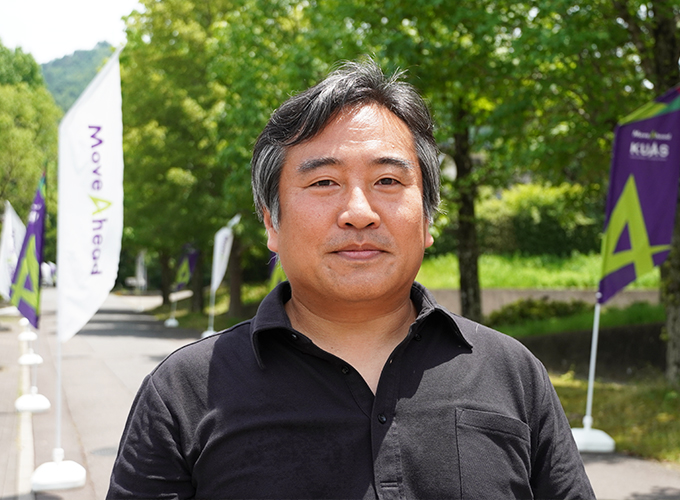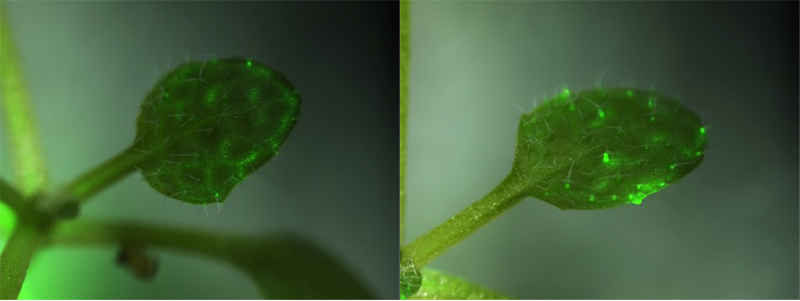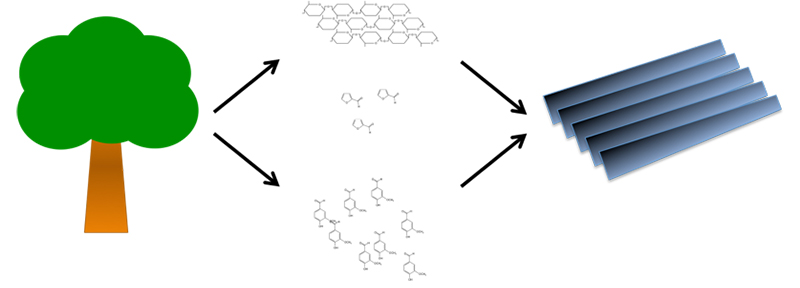Satoshi Endo
Associate Professor, Ph.D. in Science
- endo.satoshi

- Areas of Research
- Plant Physiology, Molecular Biology
- Profile
- Research
-
Dr. Satoshi Endo received his BCs and PhD in Science from Tohoku University in 1996 and The University of Tokyo in 2001, respectively. His thesis describes how plants undergo programmed cell death without injuring surrounding cells and cell walls by a cell wall-localized protein with previously unknown functions. Expanding the finding, he performed a large-scale analysis on various genes with unknown functions in cell wall formation as a researcher at RIKEN Plant Science Center (2001–2005). For application-oriented study, he was involved in a Swedish national project of woody biomass engineering as a researcher at Umeå Plant Science Centre (2005–2008).
After that, he moved back to Japan and started working at The University of Tokyo as a researcher and later assistant professor (2008–2021). There he studied on cell-to-cell communication through cell walls in plant responses to environmental stimuli. He also tried to evaluate how genetic manipulation was capable of improving plant cell walls as renewable resources for replacing mineral or petroleum resources. Then he moved to Kyoto University of Advanced Science in 2021 and joined the Faculty of Bioenvironmental Sciences as a lecturer in 2022.In short, his research interests have been in cell wall-mediated plant responses to various environments, cell wall-based biomass engineering, and cell wall-associated genes with unknown functions.
-
Plants spreading roots don’t run away from severe environmental changes. Instead, they have certain mechanisms for adapting to changing environments. It will be so great if you are involved in revealing such mechanisms and, based on that, you develop key technologies for molecular breeding of useful plants. You can choose both basic and application-oriented researches in our laboratory. If you would like to learn more, you can find me drinking while watching football matches at the stadium nearby Kameoka station.

A signaling peptide (green fluorescence) in leaf vein (left) can move to epidermal trichome (right), depending on a cell wall alteration in response to drought.
One of the reasons why plants don’t move is because they have highly-evolved cell walls, which serve as support/barrier but also determine cell growth/shape. We have recently focused on novel cell wall functions*1 by which plants can adapt to environmental changes. On the other hand, plant cell wall components are the most abundant above-ground biomass. It must be important to explore how we can improve cell wall components as renewable resources*2 for building a sustainable society.

The use of cell wall macromolecular components for producing high-performance materials
*1 Novel cell wall functions
Our research will reveal the mechanisms underlying the possible cell wall functions that we found:
1) Maintenance of stress memory for coming severe environmental change
2) Induction of stress resistance by regulating cell–cell signaling molecules
3) Transport regulation or storage of nutrition and mineral*2 Cell wall components as renewable resources
Cellulose nanofiber is promising material because plants provide it and its performance can be better than that of steel in stiffness and thermal expansion coefficient, for example. However, it costs very much for preparing cellulose nanofiber from intact plant cell walls. We have been developing genetically modified plant cell walls which show cost-effective extractability of cell wall components and do not have any defects in plant growth and stress resistance.